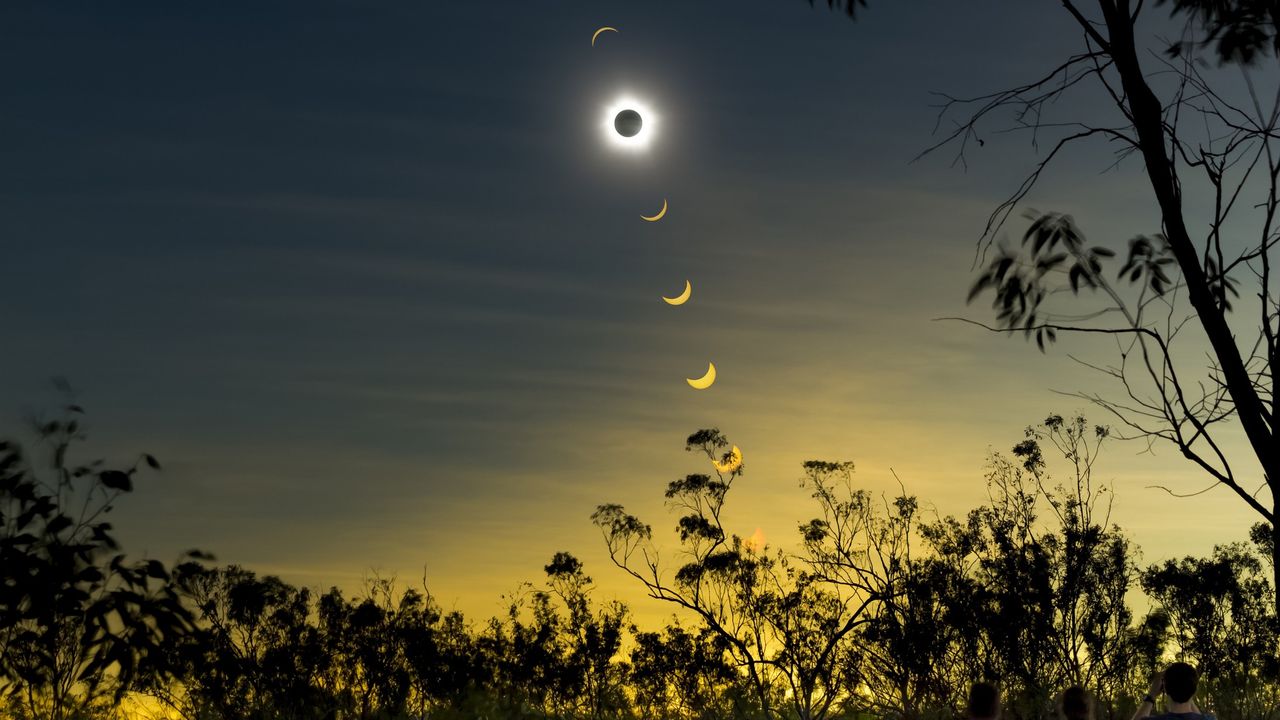UPDATE: Get ready for an extraordinary celestial event! On July 22, 2028, a total solar eclipse will sweep across a 143-mile-wide (230-kilometer) path through Australia and New Zealand, marking a once-in-a-lifetime opportunity for millions. This will be the first total solar eclipse visible from Sydney since 1857 and the last until 2858, according to NASA.
This spectacular event will capture the attention of 5 million residents in Sydney, with iconic landmarks like the Sydney Opera House and Harbour Bridge serving as a breathtaking backdrop during totality. However, serious eclipse chasers are expected to venture into the remote Kimberley region and the Australian Outback, where clear winter skies promise over five minutes of totality.
As the eclipse unfolds, the South Island of New Zealand will also witness the stunning final moments just before sunset. The path of totality will extend across 7,442 miles (11,976 km), beginning at sunrise over the Indian Ocean and traversing through various regions before crossing the Tasman Sea.
Why This Matters NOW: With only 6.3 million people living in the path of totality, this unique astronomical phenomenon is set to draw attention from both locals and tourists alike. The maximum duration of totality, lasting up to 5 minutes, 10 seconds, will occur near the Drysdale River in Western Australia.
For those planning to witness this event, here are key locations and their totality durations:
– Cocos Islands: 3 minutes, 26 seconds at 8:12 a.m. CCT
– Christmas Island: 4 minutes, 5 seconds at 8:54 a.m. CXT
– Bungle Bungles: 3 minutes, 18 seconds at 11:00 a.m. AWST
– Sydney: 3 minutes, 44 seconds at 1:59 p.m. AEST
Experts warn: The weather could impact visibility, especially along coastal regions. Historical data shows a 65% chance of clouds on Cocos Island and a 47% chance in Sydney. For optimal viewing, the Outback offers the best conditions, with cloud cover rates as low as 11% in Kununurra.
As anticipation builds, eclipse enthusiasts are advised to arrive at their chosen viewing locations at least a week in advance to secure the best views of the night sky and the Milky Way.
This total solar eclipse not only promises a breathtaking spectacle but also serves as a reminder of the grandeur of our universe. It’s an event that no one will want to miss. Make your plans now, and prepare to share your experience with others as the world turns its eyes skyward!
Stay tuned for further updates as we approach this spectacular event. Don’t forget to mark your calendars and spread the word—this is a moment that will be talked about for generations!
